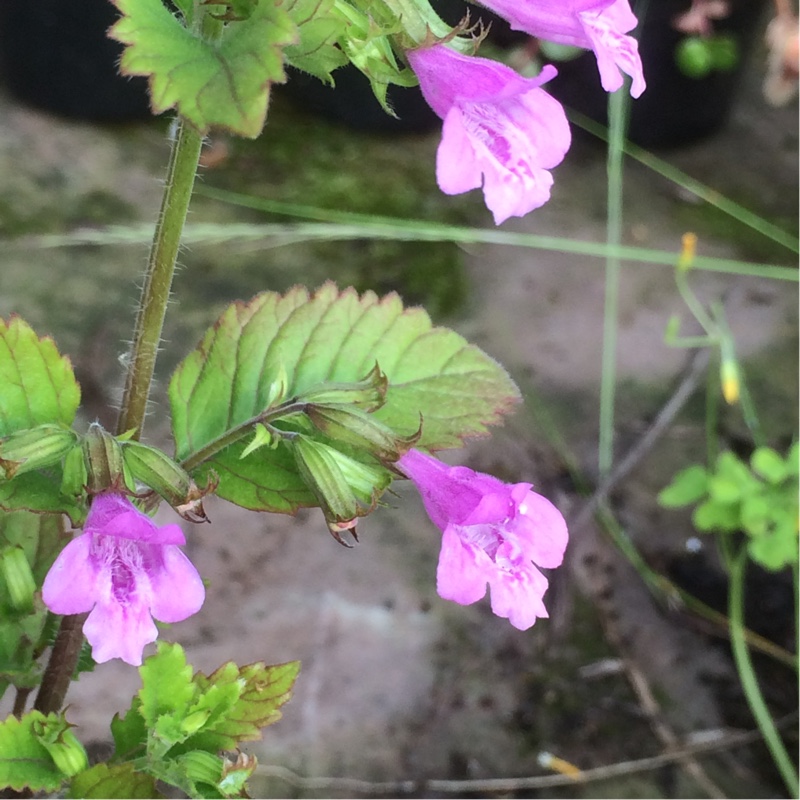
Clinopodium grandiflorum syn. Calamintha grandiflora
Large-flowered Calamint
Nepeta are mostly herbaceous perennial plants, but some are annuals. They have sturdy stems with green to grey-green leaves which are usually aromatic. Cultivated as ornamental plants, they can be drought tolerant with long blooming periods from late spring to autumn. 'Large-flowered Calamint' has flowers that are larger in proportion to the size of the plant than other calamints
Contributed by @tiggrx
-
Full sun to partial shade
-
Very little water
-
Frost Hardy: 23F (-5°C)
-
Free draining
Common name
Large-flowered Calamint
Latin name
Clinopodium grandiflorum syn. Calamintha grandiflora
type
Herbaceous Perennials
family
Lamiaceae
ph
5.0 - 8.0 Acid - Neutral
Plant & bloom calendar
-
Best time to plant
full grown dimensions
 0.50 M
0.50 M
0.50 M
0.50 M
Clinopodium grandiflorum syn. Calamintha grandiflora
Nepeta are mostly herbaceous perennial plants, but some are annuals. They have sturdy stems with green to grey-green leaves which are usually aromatic. Cultivated as ornamental plants, they can be drought tolerant with long blooming periods from late spring to autumn. 'Large-flowered Calamint' has flowers that are larger in proportion to the size of the plant than other calamints
Planting young plants
From Early Spring TO Early Spring
Catmint and Catnip plants grow best when they receive full sun, but they will tolerate and may even require some afternoon shade, especially in hot summer regions. They are not overly fussy about the soil they are planted in, as long as it is very well-drained. Catmints and Catnip are very drought tolerant plants that actually prefer soil that is kept on the drier side.
Propagation by seed
From Early Spring TO Early Spring
Catmint seeds are sterile and are of no use for propagation. Catnip seeds can be sowed directly in the garden, in the spring as soon as the soil is workable. Seeds started indoors should be kept at 60°-70° during germination, which only takes 7-10 days. Set your new plants 6"-15" apart in the garden after all danger of frost has passed.








